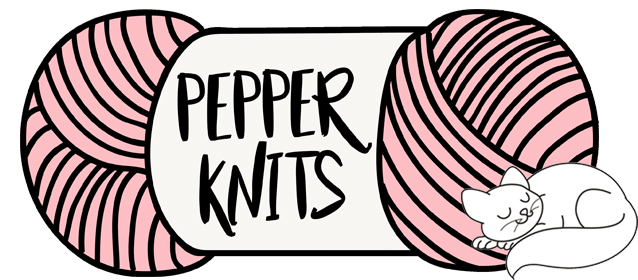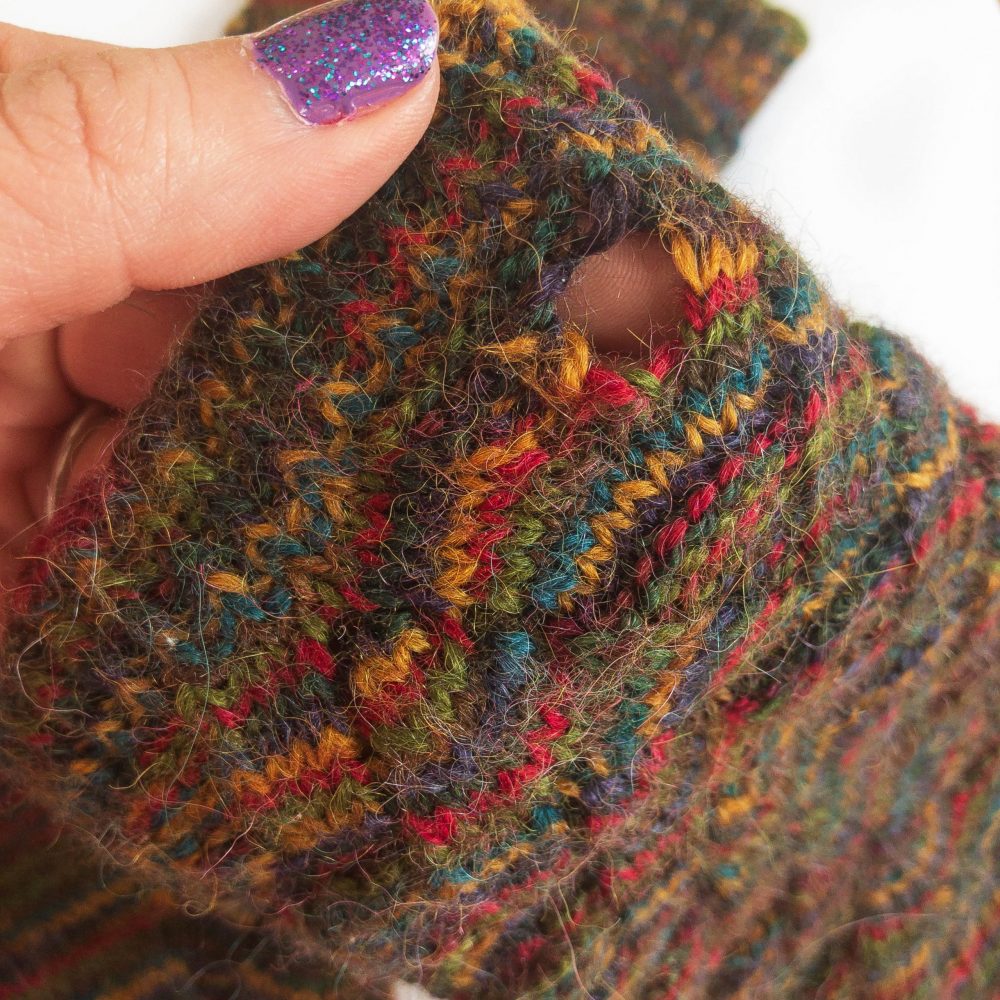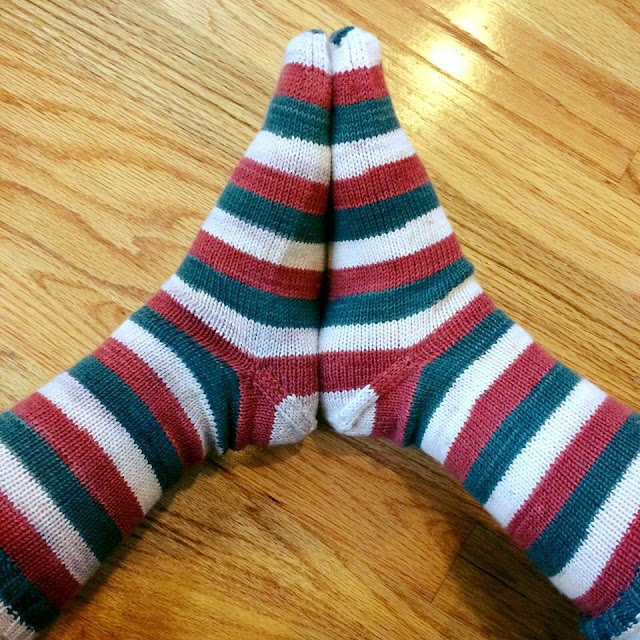Heads up! This post contains affiliate links which means I get may get a commission if you purchase something based on my recommendations here.
I use a lot of adorable sock blockers in my knitting photos which often prompt one of two questions:
1. Where did you get those adorable sock blockers?
2. Do you need to use a sock blocker?
The first question is easy: Etsy!!! The next question is harder to answer because… well, it’s complicated…
Do You Need to Block Socks At All?
The simple answer is: No, you do not need to block socks after you knit them. But sometimes you might want to block your socks. (See how I’m drawing a distinction here between need and want?)
Before I go any further, I’ll issue the warning that if you block your socks over a sock blocker, you run the risk of stretching out the cuff or leg and you might end up with saggy socks. For this reason, many knitters will only block socks by soaking them and them laying flat to dry. You can mitigate the risk of stretching by staying away from wide blockers. Remember: you don’t need to stretch the life out of the socks, you just need to stretch them out enough to open the stitch pattern and give them some shape and you can’t always accomplish this by just laying them flat to dry.
For wet-blocking, I only trust the blue plastic sock blockers that Knit Picks carries – I have no idea what brand these are, but they are more narrow than any of the other blockers in my collection. They come in three sizes – I have the small size blocker made for an 8.25” foot. I typically knit my socks to about 9.25” so I could probably use the medium-sized blocker, but I’m happy with the results from the small blocker so why risk it?
When Do You Need to Use a Sock Blocker?
You don’t need use a blocker with socks that have a flat and solid stitch pattern, but it’s okay to do so. For example: Vanilla Latte, Business Casual, or anything that is just straight stockinette. A blocker probably wouldn’t ruin these or anything, but it’s not necessary. You could experiment with one and see if you like the results.
I never use a blocker for socks that are mostly ribbed, like Nine to Five, BFF, or Simple Skyp. It’s fine to pop these over a blocker to snap some instaworthy photos, like I did below, but don’t wet-block them on one. These types of socks fit best if they stay in their scrunched-up shape.
I always use a blocker for lace socks. You need to stretch the lace to open up all those yarn overs or you’re missing out on the beauty of all your hard work. Here is a little before & after of a pair of Monkey Socks, unblocked vs. blocked:
How to DIY a Custom-Fit Sock Blocker:
The lace socks I showed you above are for a friend who has larger feet than I do and I didn’t want to buy a set of the large sock blockers when I knew I wouldn’t use them very often, so I made a little toe extension for my small blockers!
To make these, I traced the toe of my small blocker onto one of those flexible vinyl cutting boards to create a template for a longer toe. I was very careful when to sand down a little rough edge that appeared on the cut-line with a nail file and when I taped them on with packing tape, I completely covered any “seam” that could catch on the sock. I also cut some extra strips of the material and taped it across the join on both sides so the extension didn’t flop around – this worked like a charm!
You could probably also make these with thick cardboard, but I had the vinyl cutting board material handy. If you use cardboard, I’d wrap it in saran wrap first.








Leave a Comment